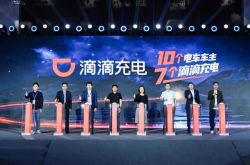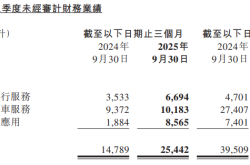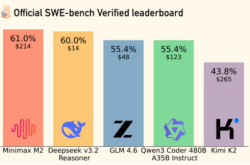Why Is the Country Boosting the Pure Electric Range of Plug-in Hybrid Models?
![]() 10/13 2025
10/13 2025
![]() 447
447
On October 9, the Ministry of Industry and Information Technology, the Ministry of Finance, and the State Taxation Administration jointly released the 'Announcement on Technical Requirements for New Energy Vehicles Eligible for Vehicle Purchase Tax Exemptions and Reductions from 2026 to 2027.' Vehicle purchase tax is a key factor influencing the consumption of new energy vehicles, and this adjustment is anticipated to significantly impact the new energy vehicle sector. The 'Announcement' sets higher technical standards for models qualifying for tax exemptions and reductions, motivating companies to develop new energy vehicles with advanced technology and fostering industrial advancement.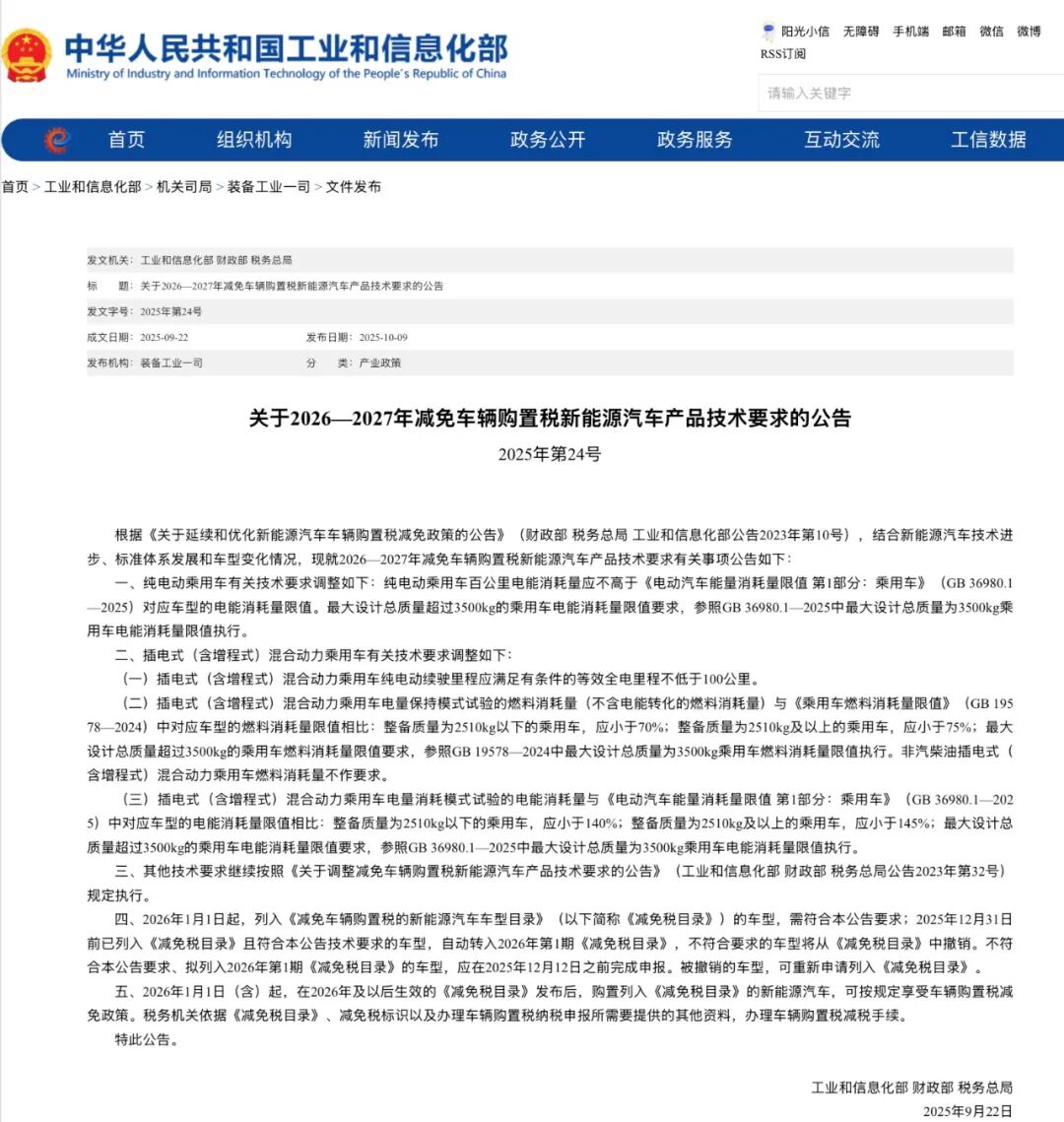
Based on the technical criteria outlined in the 'Announcement,' pure electric passenger vehicles must demonstrate greater energy efficiency in terms of electricity consumption per 100 kilometers. There are notable changes for plug-in hybrid models, with the most critical being the extension of the minimum pure electric driving range from 43 kilometers to 100 kilometers. This measure aims to address the issue where some consumers buy new energy vehicles but seldom charge them, effectively using plug-in hybrid models as conventional gasoline-powered vehicles. I've traveled in numerous ride-hailing cars, many of which are plug-in hybrids. A ride-hailing driver in Beijing informed me that his plug-in hybrid vehicle has a range of only 50 kilometers and lacks fast-charging capabilities. After driving 100,000 kilometers, he has charged the vehicle just 10 times. This indicates that only 0.5% of the vehicle's mileage is electric, with the remaining 99.5% powered by gasoline. Similarly, a ride-hailing driver in Shaoxing, Zhejiang, mentioned that local drivers typically treat plug-in hybrids as gasoline vehicles and rarely charge them. The reasons for opting for plug-in hybrid models with a range of only 50 kilometers are twofold: firstly, they can avail of exemptions from new energy vehicle purchase taxes, and secondly, they are more affordable. China's new energy vehicle development is geared towards electric propulsion. Some plug-in hybrid passenger vehicles with shorter ranges seldom use electricity and are essentially driven as gasoline vehicles. Nevertheless, they still benefit from national and local incentives for new energy vehicles, such as purchase tax exemptions, free lottery draws in cities with purchase restrictions, exemption from traffic restrictions in cities with such policies, and reduced parking fees.
Extending the pure electric range of plug-in hybrid models can encourage consumers to rely more on electricity and less on gasoline. After all, electricity is considerably cheaper than gasoline. The electricity cost per kilometer for electric vehicles ranges from a few cents to over a dime, whereas the gasoline cost per kilometer for gasoline vehicles is at least four to five dimes. Plug-in hybrid electric vehicles (PHEVs) integrate gasoline engines with electric motors, support external charging, and can switch between pure electric and hybrid modes, offering benefits like reduced fuel consumption and emissions. Plug-in hybrid models boast advantages such as fuel efficiency, cost savings, green license plate privileges, powerful performance, and worry-free range, leading to an increasing market share in the new energy vehicle sector. Several years ago, Ouyang Minggao, an academician of the Chinese Academy of Sciences and a professor at Tsinghua University, stated that plug-in hybrid models are an innovation by Chinese automotive companies and a significant contribution to the global automotive industry. A few years ago, Wan Gang, then Vice Chairman of the National Committee of the Chinese People's Political Consultative Conference and Minister of Science and Technology, mentioned at the Tianjin TEDA Auto Forum that a neighbor of his had purchased a BYD F3DM sedan and only needed to refuel twice in six months, effectively serving as a major advertisement for BYD.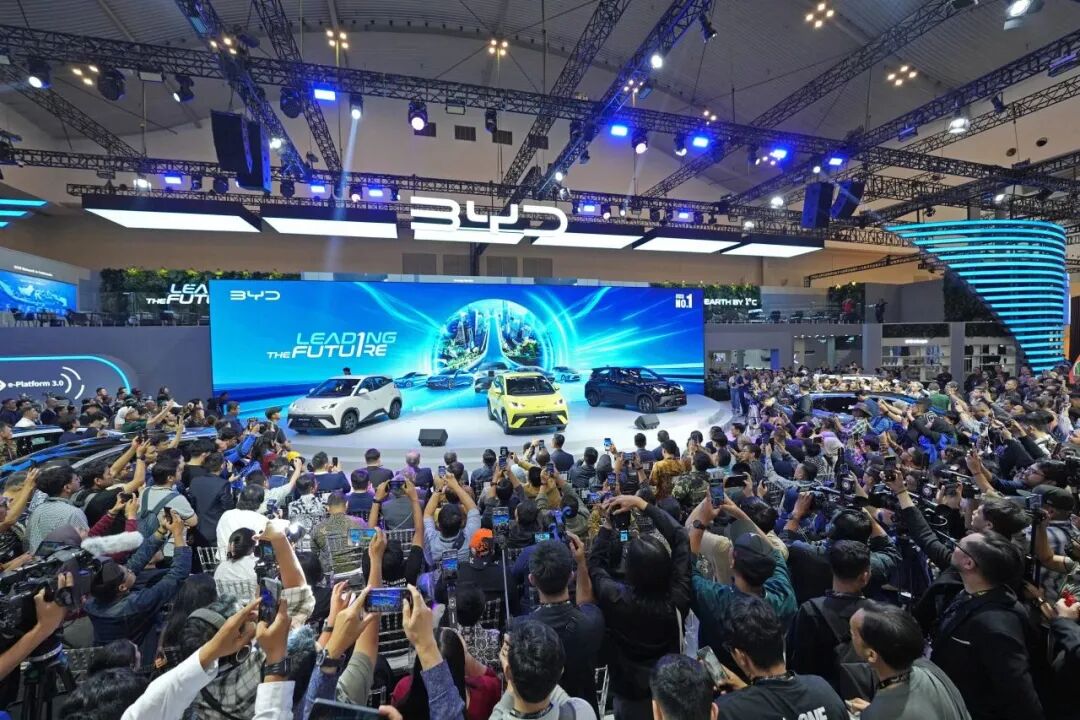
Since the introduction of the world's first mass-produced plug-in hybrid vehicle, the BYD F3 DM, in 2007, plug-in hybrid products have been seen as a transitional phase between traditional gasoline vehicles and pure electric vehicles. Due to factors such as limited pure electric ranges, inconsistent quality, and high prices, they have remained a relatively niche market. However, in recent years, there has been a surge in domestic plug-in hybrid models, creating a competitive landscape alongside pure electric vehicles. This reflects a rational choice by consumers after evaluating product features, application scenarios, and usage costs in the wake of the rapid development of the pure electric vehicle market. BYD, the leader in new energy vehicles with sales reaching 4.27 million units last year, has nearly equal sales of plug-in hybrid and pure electric models. Domestic pure electric vehicles have seen rapid development, with increasing battery density, longer ranges, higher motor power, and a significant rise in ownership. However, as ownership grows rapidly, the challenges of difficult and slow charging for electric vehicles persist, particularly during holiday travel when 'range anxiety' remains a constant concern.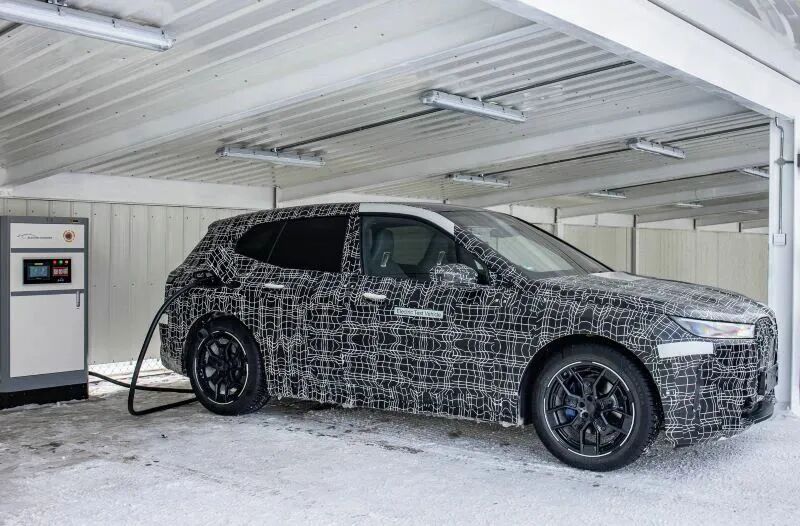
Plug-in hybrid models, which are not plagued by charging or range anxiety, effectively address the shortcomings of pure electric vehicles. Some plug-in hybrid models now offer a pure electric range of up to 250 kilometers. With a full charge and a full tank of gasoline, they can easily achieve a range of over 1,000 kilometers. However, plug-in hybrid models with shorter ranges also provide opportunities for some to exploit policy loopholes. Fiscal and tax policies, as potent tools for national macroeconomic regulation, play a vital role in achieving national economic development goals, optimizing resource allocation, and promoting industrial advancement. Through adjustments in tax structure and policies, they can effectively regulate resource allocation and guide industrial development. The national increase in the pure electric range of plug-in hybrid models not only closes policy loopholes but also supports the healthy development of new energy vehicles. (End)




